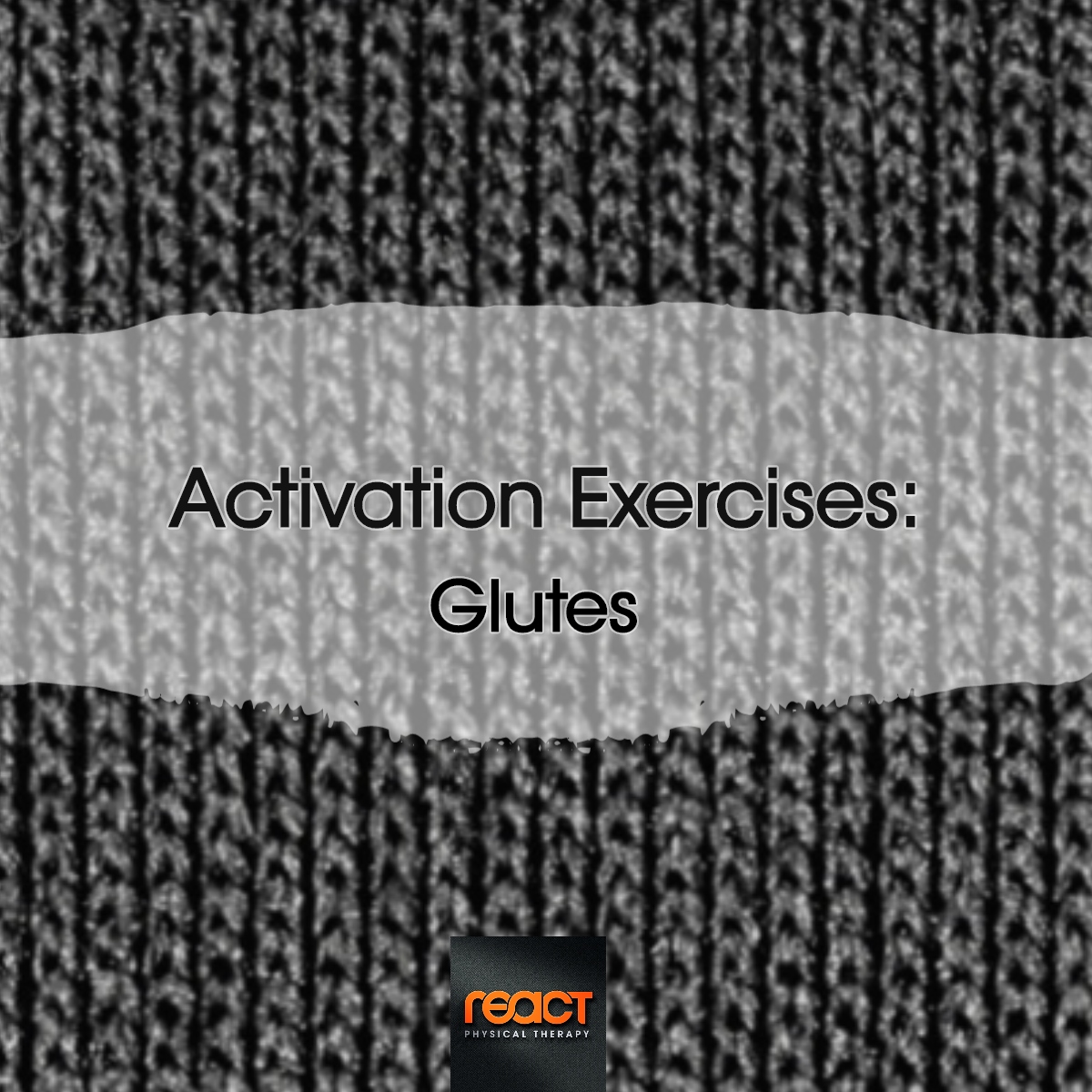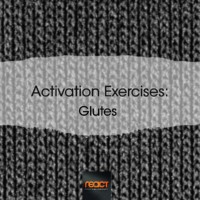Activation Exercises: Glutes

 Glute activation refers to activating or “firing” of the gluteal muscles in an effort to strengthen them. For many individuals, the gluteal muscles often remain inactive or switched off, and inactive glutes can mean that the muscles are weak and are not relied on as much as they should be during physical movements.
Glute activation refers to activating or “firing” of the gluteal muscles in an effort to strengthen them. For many individuals, the gluteal muscles often remain inactive or switched off, and inactive glutes can mean that the muscles are weak and are not relied on as much as they should be during physical movements.
Strong glute muscles are extremely important as they can have a major impact on your overall body strength—your glutes support your core, help to support a range of exercises and compound movements, as well as help avoid muscle imbalances that can lead to decreased mobility.
Considering this, it makes sense that under-utilized glutes can contribute to a range of health issues including poor posture, low back pain, etc., and could potentially increase the risk of injury.
So what can you do to strengthen these muscles?
Just as you warm up the rest of your body for a workout, it is important to activate your glute muscles prior to exercise. This can be as simple as performing a few activation movements prior to going for a run or before a weights session.
By performing a warm-up that specifically focuses on activating your glutes, you are helping to create a mind-body connection. This can then transfer into your workout, where your focus will be on ensuring your glute muscles remain engaged throughout each exercise.
Exercises:
Here are some simple exercises that can be done as part of your warm-up to get your glutes firing and ready for the workout ahead. Video Demonstrations
- Standing hip abduction: Start by standing with feet together. Next, move your leg back and to the side at approximately 45-degree angle, leading with your heel. Keep your knee straight and use your arms for support if needed for balance and safety. Return to starting position and repeat.
- SL RDL: Start standing tall with pole making contact at the head, shoulder blades, and tailbone. As you keep the pole on your back to maintain a neutral spine position, push your buttocks backward as you let your knees and trunk bend slightly. You should feel this in your hamstrings and buttocks. *After you have mastered keeping your spine straight, use weights to advance exercise difficulty.
- Clams: While lying on your side with your knees bent and an elastic band wrapped just above your knees, draw up the top knee while keeping contact of your feet together as shown. Do not let your pelvis roll back during the lifting movement.
- Sidelying Hip Abduction: Lying on your side with the toes of the working leg pointing downwards, lift the top leg towards the ceiling. This ensures that the hips, not the thighs, are doing most of the work.